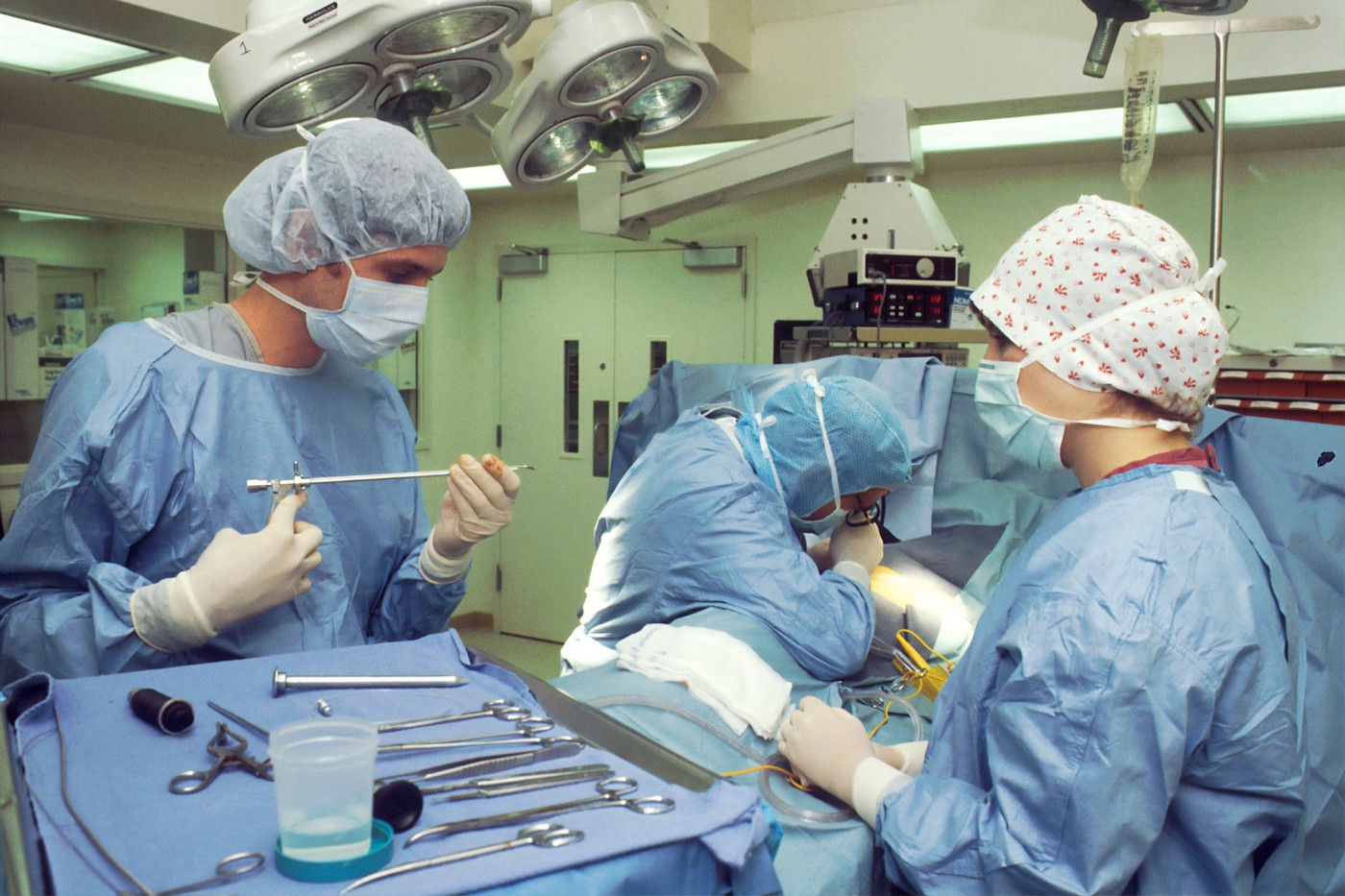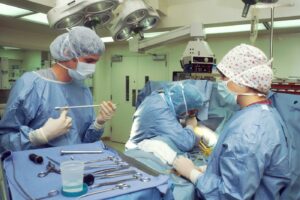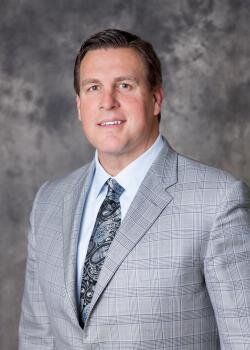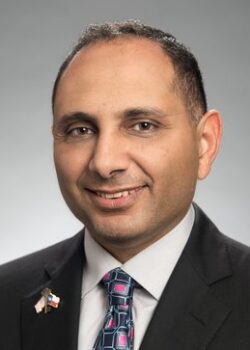How surgeries are a gateway to opioid dependence and persistent opioid use

Summary
Tens of millions of procedures occur every year in the United States and many of them are associated with an opioid prescription. As a result, one of the major on-ramps to opioid dependence is a surgical procedure. We need to do a better job at protecting job of protecting surgical patients from the dangers of opioid dependence. Patients should be equipped with a comprehensive recovery plan that includes non-pharmacological tactics in alleviating pain, as well as access to post-operative coaching, counseling and tapering support.
It’s estimated that nearly 80 million procedures occur each year in the United States, comprising of roughly 51 million inpatient procedures and 29 million ambulatory surgery visits, with about 70% of all procedures associated with an opioid prescription. Physician-prescribed opioids have been a mainstay in treating and managing post-surgical pain for decades. These prescriptions, which are intended to assist patients temporarily in their recovery process, can lead to opioid use and dependence.
For many patients, surgery is the first time they take opioids. This 2021 study conducted at the University of California, Los Angeles found that 21.2 percent of patients refilled their opioid prescriptions three months to a year after their surgical procedure. Further, research suggests a rate of about 3.75% of those prescribed opioids post-surgery display persistent postoperative opioid use. That’s an estimated 2 million people each year who suffer from postoperative opioid dependence.
“One of the major on-ramps to opioid dependence is having surgery,” says anesthesiologist Barrett Larson, MD. “We need to do a better job protecting surgical patients from the dangers of opioids.”
Opioids are responsible for a humanitarian crisis in our country, with countless lives unnecessarily derailed by prescription opioids
Dr. Larson highlighted the dual nature of opioids, saying that while opioids are often needed to adequately manage post-operative pain, patients can become dependent on these medications if they are administered without adequate education, coaching, and tapering support.

Typically, when patients are sent home with opioids after surgery, patients are using those medications in a somewhat isolated manner. Dr. Larson emphasized that surgical practices may not have enough bandwidth to closely monitor a patient’s use of opioids after surgery. In most cases, patients are able to safely taper off of opioids after surgery, but this isn’t always the case.
Studies have shown that taking a holistic approach to surgery, where there is an increased emphasis on behavioral health, non-pharmacological pain management, and medication tapering improves outcomes and reduces the likelihood that patients will develop a dependence on opioids after surgery.
Dr. Barrett Larson
“While opioids are often needed to adequately manage pain, it’s important to make sure that these medications are prescribed along with proper support.”
Prescribing pain medications after surgery does not single-handedly lead to dependency and misuse. Insufficient support and education can contribute to increased medication usage.
“Opioids can potentially be dangerous if they are not prescribed along with sufficient education, coaching, and counseling,” says Dr. Larson. “While opioids are often needed to adequately manage pain, it’s important to make sure that these medications are prescribed along with proper support.”
Prescribing opioids after surgical procedures should be considered carefully. While pain medications are commonly used post-operatively, they work best to treat acute pain during a brief window and they should be part of a broader pain management strategy. Surgery can be a gateway to persistent opioid usage and dependence, but this devastating complication of surgery can be prevented with a more hands-on and patient-centered approach to the recovery process. Patients should be equipped with a comprehensive recovery plan that includes non-pharmacological tactics in alleviating pain, as well as access to post-operative coaching, counseling and tapering support.
Learn More
Get in touch with us.
Contact us at [email protected]






























